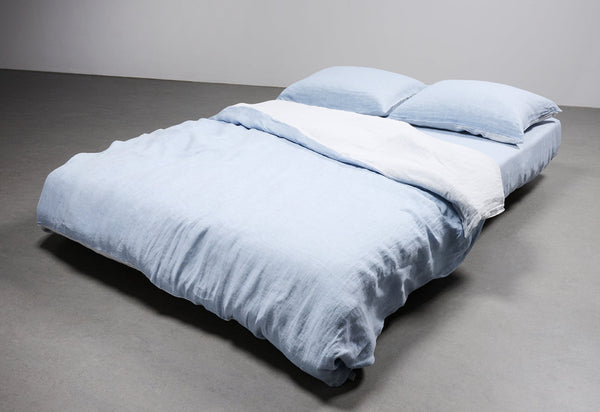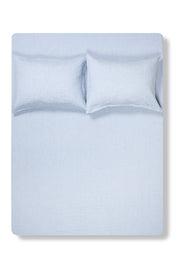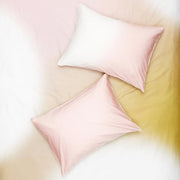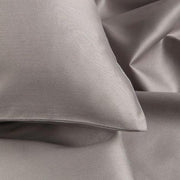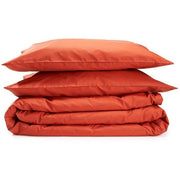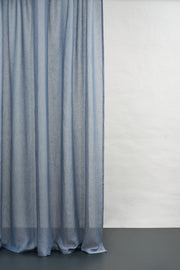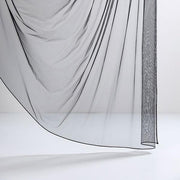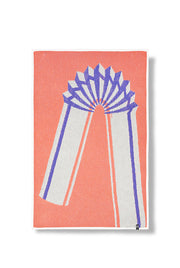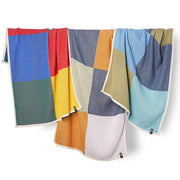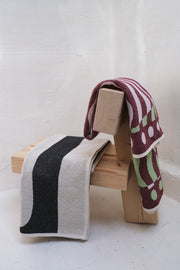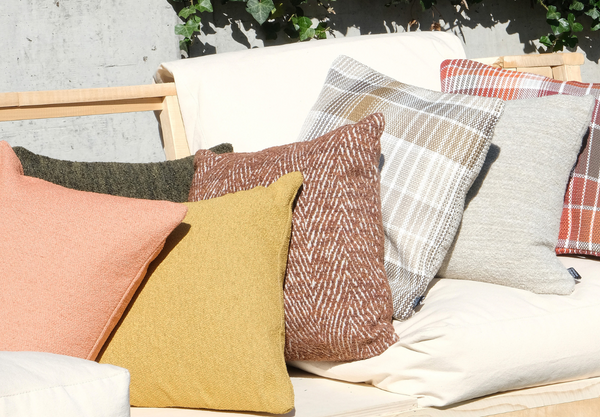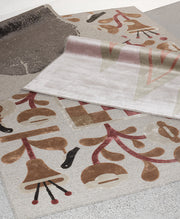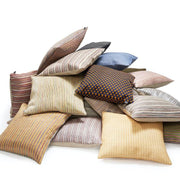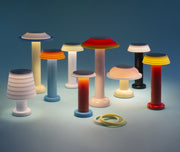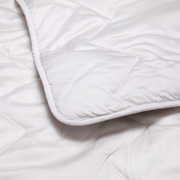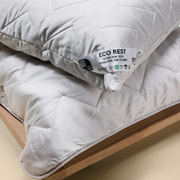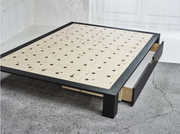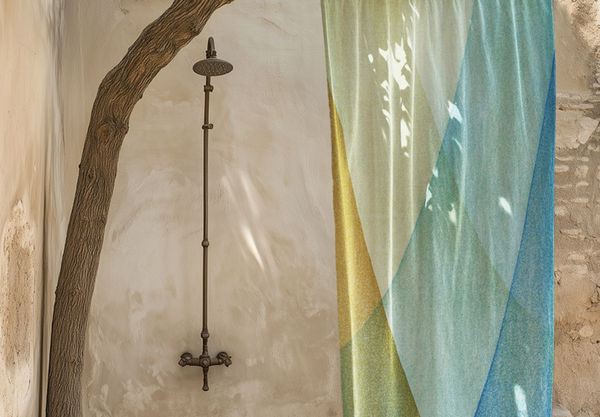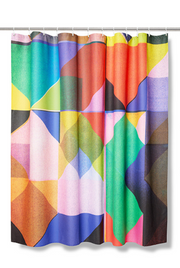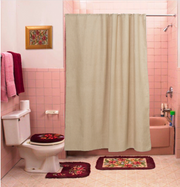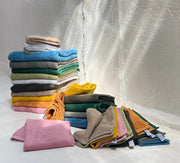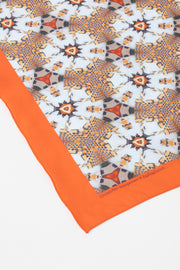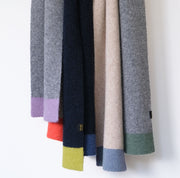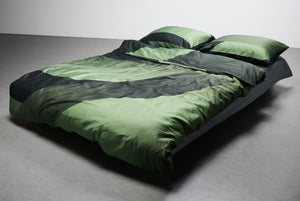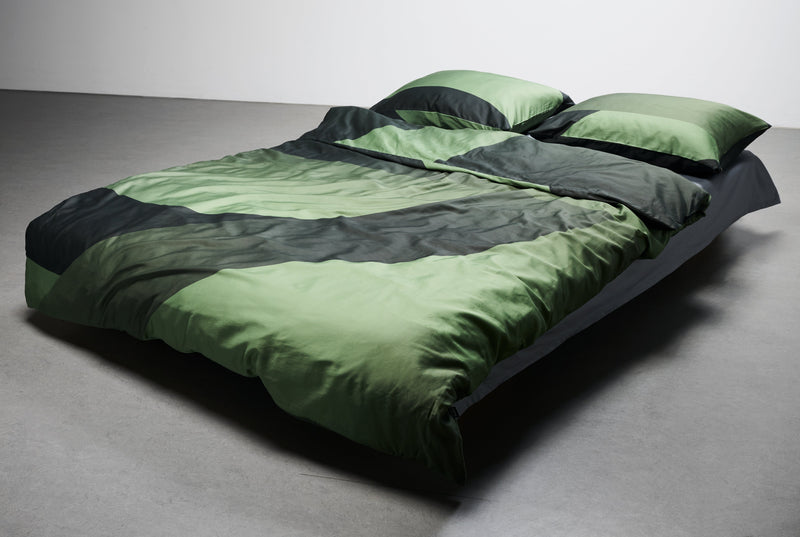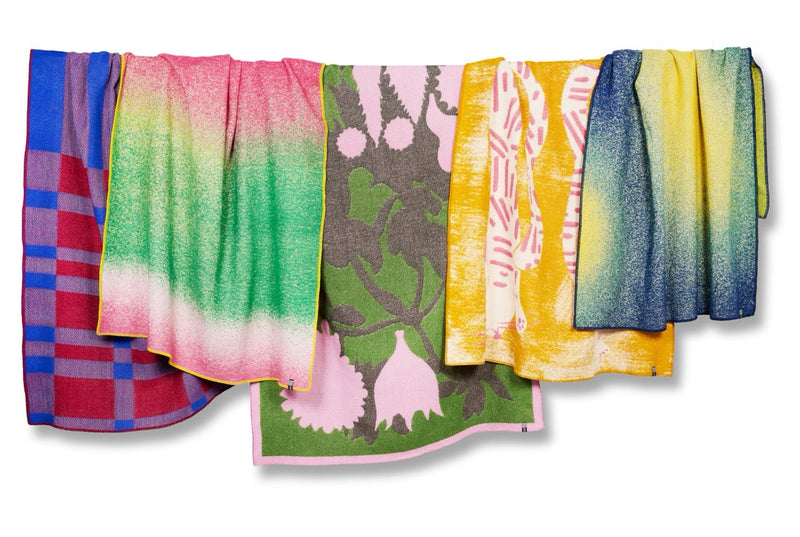Egyptian cotton has a rich history. Introduced in the early 1820s by Muhammad Ali Pasha, who sought to modernize Egypt's economy, Egyptian cotton quickly flourished in the Nile Delta due to its favorable climate and soil. Known for its extra-long staple fibers, it gained international recognition for its superior quality during the Industrial Revolution, particularly in Europe. The opening of the Suez Canal in 1869 further boosted its global trade. Despite the challenges of the 20th century, such as market fluctuations and political changes, Egyptian cotton has remained a symbol of luxury in textiles.
Genuine Egyptian cotton is renowned for its softness, durability, and luxurious feel. The long cotton fibers are the main characteristic of this unique fabric. To create luxury Egyptian cotton bedding, the yarns must first be produced, which is a step-by-step process from growing to weaving.
Growing the Egyptian cotton plants
Egyptian cotton is grown primarily in the Nile Valley, where the fertile soil and ideal climate are ideal for growing long-staple cotton. As with any crop, weather fluctuations can affect the crop and the price of cotton. In recent years, prices for high-quality cotton (like linen) have risen. The growing process is relatively simple, cotton seeds are planted and carefully tended to ensure healthy growth. The plants need a warm climate, plenty of sunshine, and moderate rainfall, as heavy rainfall can destroy the crop.
Harvesting and picking the cotton plants

Harvesting the cotton is a very important step in the growing process and in ensuring that the crop delivers high-quality cotton fiber. Egyptian cotton is handpicked to maintain the integrity of the long fibers rather than using a mechanical process. Hand-picking ensures that the fibers remain straight and undamaged, which is essential for producing high-quality yarn. Damaged, second-quality fibers are often sold cheaply on the market, hence the wide fluctuations in the price of Egyptian cotton products.
Ginning - Cleaning and separating the fibers

Ginning is the process of separating the cotton fibers from the seeds. It is a two-stage process, firstly the cotton is thoroughly cleaned to remove dirt and debris from the picking/growing process, followed by a separation process. The cotton is processed through gins, a machine that gently separates the seeds from the fibers. This is a critical process as if not done correctly it can damage the Egyptian cotton fibre.
Pre-spinning - Carding and combing the fibers
Prior to spinning, carding and combing are processes that take place to prepare the cotton fibers for spinning. Carding cotton fibers means that the fibers are passed through carding machines which disentangle and align them. This process also removes short fibers and impurities from the cotton fibers. Once this is done, combing can take place. Combing is a refined process that further aligns the fibers and removes any remaining short fibers and impurities. Once both processes have been completed, the cotton crop has been transformed into a collection of long, parallel fibers known as sliver, which is best suited to spinning high-quality Egyptian cotton yarn.
Spinning the yarn

The spinning process takes the prepared cotton fibers and turns them into yarn. The spinning mill (the factory that does this) can be located anywhere in the world, but spinning mills in both Egypt and Italy are considered to produce some of the finest cotton yarns. The combed cotton slivers are pulled out and combined to ensure a uniform thickness and consistency - this process is called drawing the yarn. Once this is done, the twisting process takes place. The drawn fibers are twisted together to form the cotton yarn. The degree of twist can be adjusted to produce yarns with different characteristics (e.g. higher twist for strength and lower twist for softness). Ring spinning often produces finer, stronger, and more consistent yarns than other spinning methods. Plying means that individual yarns are twisted together to form plied yarns. The number of times the yarn is plied affects the strength and characteristics of the yarn.
This expertise in twisting yarns has often been passed down through generations, with Italian mills working with fine yarns such as silk responsible for some of the finest yarns.
Finishing the cotton yarns for weaving
The yarns undergo a mercerizing process, which means that the yarns are treated with a caustic soda solution using industrial machinery in a process that increases their strength, luster, and dye volume - in simple terms, it makes the yarns smoother and more vibrant when dyed.
If a pure white yarn is required, a bleaching process takes place - this can be done using standard bleaching or using an oxygenation process, which is a more natural process.
The finished cotton yarn can be dyed in a wide range of colors using different dyeing methods and different types of dyes. Quality dyeing mills are certified not to use harmful chemicals in this process, for example, Oekotex certification. Dyeing the yarns before weaving is considered to be better than piece dyeing as it can give greater depth of color and color fastness to the yarns once woven. The term garment wash is often seen on items made in Portugal - this is a cheaper process as a lower quality fabric can be used - cut, sewn and then dyed, and then subjected to a finishing process (washing, tumbling, etc) which gives a 'good looking' result on an inferior fabric.

Yarn quality control
Quite simply, if the yarns are not tested throughout the production process from fiber to spinning, the final fabric can be inferior. Testing for strength, uniformity, color fastness, accuracy, and other tests means that the yarns should be of high quality. Again, there is very cheap (and questionable) Egyptian cotton on the market and very high quality that goes through rigorous QA processes.
Weaving the yarns

Once the yarns are ready and set up on the looms, four main types of standard weaves are used:
-
Plain Weave (Percale): The simplest and most common weave, where the weft thread alternately passes over and under each warp thread. Percale results in a matte finish and a crisp, durable fabric, ideal for bed linens.
-
Sateen Weave: Characterized by a weft thread passing over several warp threads before going under one. This creates a silky, lustrous finish. Sateen fabrics are smooth and luxurious, often used in high-end bedding.
-
Twill Weave: Known for its diagonal rib pattern, twill weaves are durable and less likely to show dirt and stains. While less common for Egyptian cotton, this weave is sometimes used for heavier fabrics.
-
Jacquard Weave: Perfect for intricate and attractive designs, often used in decorative items like curtains or bedding.
Finishing
Once weaving is complete, the fabric may undergo additional treatments like washing, bleaching, dyeing, and special finishes such as mercerization to enhance luster and strength. An old Italian process called boutis involves washing the finished fabrics in hot water and tumbling them with stones to create a unique patina. At ZigZagZurich, our vintage Egyptian cotton bedding goes through the boutis process.
In summary, cultivating Egyptian cotton from plant to final fabric is a long and special journey. Being a natural fiber, cotton is susceptible to global climate changes, affecting production levels. High-quality Egyptian cotton comes at a premium price, but real Egyptian cotton bedding made from it will last for years.
